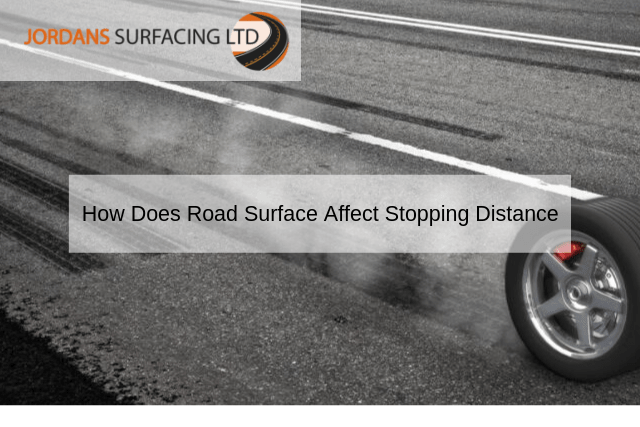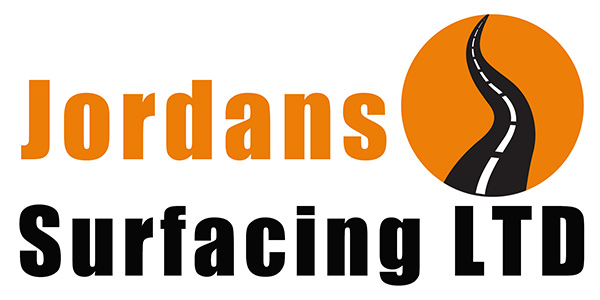
Engineers pay attention to a number of variables and one of the most critical involves how the surface impacts the stopping power of a car. What metrics are involved? Why is the composition of a road surface important? Without becoming overly scientific, let us attempt to delve into these questions a bit further.
Understanding Friction
Road surfacing specialists need to appreciate the role of friction when designing a motorway. Friction is directly related to stopping power. As a rule, rougher surfaces offer a greater amount of surface area for a tyre to grip. This allows a vehicle to decelerate within the appropriate amount of time.
On the contrary, smooth surfaces do not supply as much friction. This leads to accidents and similar miscalculations while driving. This is also why it is critical for maintenance crews to regularly resurface roads and motorways.
The Critical Role of Maintenance
There are many ways in which typical maintenance tasks can be carried out. For example, engineers could focus upon a specific portion of a road or they might instead choose to renovate an entire stretch of a motorway by applying asphalt or aggregate.
These tasks will often occur at scheduled intervals or after a particularly harsh season (such as a winter associated with a great deal of precipitation).
Crews will also make it a point to regularly examine roads and surface streets in order to determine if any work is needed. It is often better to tackle a small problem before it evolves into a more costly and time-consuming issue.
The relationship between road surfaces and the stopping distance of a vehicle should now be clearer. For more information or to speak with a specialist, please do not hesitate to contact Jordan Surfacing.
